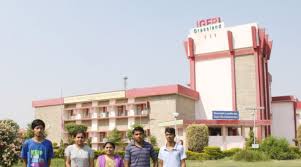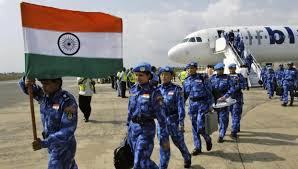
Indonesia’s Mount Sinabung volcano erupted has been releasing a column of ash and smoke more than 16,000 feet into the air. The volcano became active in 2010, erupting after nearly 400 years of inactivity.
Daily Current Affairs Quiz 2020
Key-Point
Indonesia is home to many active volcanoes, due to its position on the “Ring of Fire”, or the Circum-Pacific Belt, which is an area along the Pacific Ocean characterised by active volcanoes and frequent earthquakes.
The Ring of Fire is home to about 75 per cent of the world’s volcanoes and about 90 per cent of its earthquakes.
A volcano can be active, dormant or extinct. An eruption takes place when magma (a thick flowing substance), formed when the earth’s mantle melts, rises to the surface.
Because magma is lighter than solid rock, it is able to rise through vents and fissures on the surface of the earth. After it has erupted, it is called lava.
Not all volcanic eruptions are explosive, since explosivity depends on the composition of the magma.
When the magma is runny and thin, gases can easily escape it, in which case, the magma will flow out towards the surface.
On the other hand, if the magma is thick and dense, gases cannot escape it, which builds up pressure inside until the gases escape in a violent explosion.





